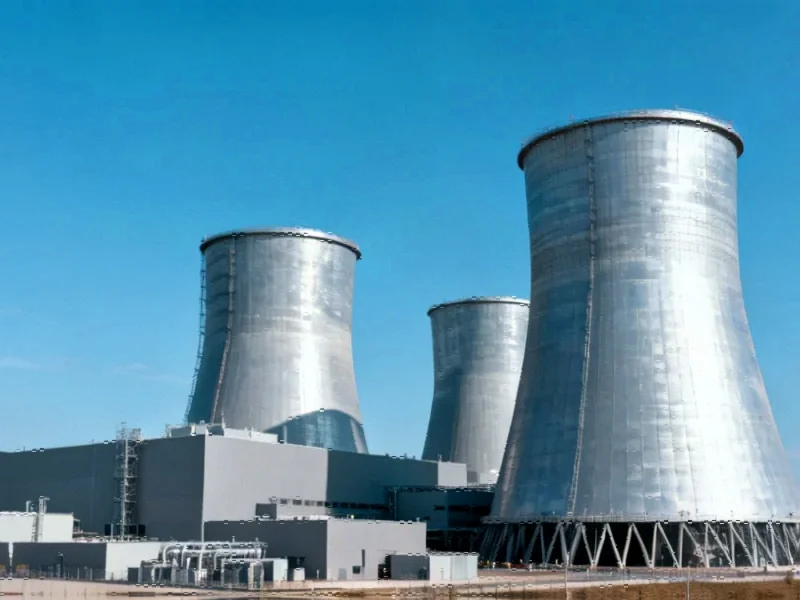Quantum Sensing Revolutionizes Energy Technology Monitoring
Advanced quantum sensing platforms are positioned to transform how energy systems are monitored and maintained, according to reports in Nature Reviews Clean Technology. These emerging technologies reportedly exploit quantum phenomena to achieve detection limits previously considered impossible with classical approaches, creating new opportunities across the energy sector.
Power Grid Applications Show Immediate Promise
Sources indicate that quantum magnetometers are demonstrating remarkable capabilities in power infrastructure monitoring. These sensors can reportedly detect minute magnetic field variations associated with developing faults in powerlines and transformers, potentially preventing catastrophic failures. The technology represents a significant advancement beyond traditional monitoring systems and builds upon fundamental principles of quantum mechanics that have been studied for decades.
Analysts suggest that chip-scale atomic clocks represent another quantum breakthrough with grid applications. These devices could enable precise synchronization across electric vehicle charging networks and distributed energy resources, addressing one of the most challenging aspects of modern grid management. The integration of such quantum timing solutions complements broader hybrid electric vehicle infrastructure development.
Environmental Monitoring and Carbon Management
The report states that quantum gravimeters and single-photon LiDAR systems are showing exceptional promise for carbon capture and storage verification. These advanced quantum sensor technologies can reportedly detect microscopic leaks from underground carbon repositories with unprecedented sensitivity, addressing a critical monitoring challenge in emissions reduction efforts.
According to the analysis, the ability to monitor carbon storage sites with quantum precision could significantly accelerate the deployment of carbon capture technologies worldwide. This advancement comes amid broader market momentum in environmental technology sectors.
Implementation Challenges and Workforce Development
Despite the promising applications, sources indicate that quantum sensor deployment faces significant practical hurdles. The report states that further research is needed in miniaturization and ruggedization to make these sensitive instruments suitable for field deployment in harsh energy environments. Cost reduction also remains a critical challenge for widespread adoption.
Workforce development represents another key consideration, with analysts suggesting that specialized training programs will be essential. This need aligns with broader education initiatives focused on preparing students for emerging technology fields. The maturation of both clean energy technologies and quantum sensors appears to be creating synergistic opportunities that could transform multiple industries.
Future Outlook and Industry Implications
The integration of quantum sensing capabilities into energy infrastructure reportedly promises to maximize security, reliability and efficiency across multiple domains. As these advanced sensor technologies continue to evolve, they could enable detection capabilities that were once considered purely theoretical.
Industry observers note that the quantum sensing revolution builds upon centuries of scientific progress since classical antiquity, yet represents a fundamentally new approach to measurement. The technology’s development occurs alongside other related innovations in advanced computing and artificial intelligence.
According to industry reports, these quantum advancements are part of a broader pattern of industry developments transforming technology landscapes. Meanwhile, market trends suggest increasing investment in technologies with both commercial and strategic importance, including those supporting energy security and environmental sustainability.
This article aggregates information from publicly available sources. All trademarks and copyrights belong to their respective owners.
Note: Featured image is for illustrative purposes only and does not represent any specific product, service, or entity mentioned in this article.



